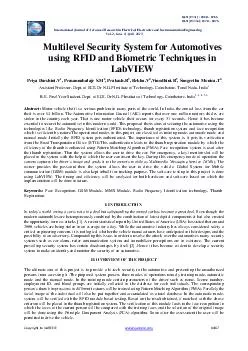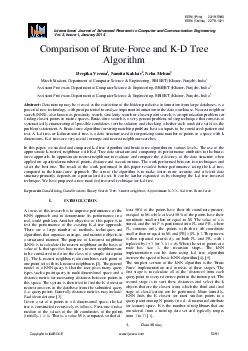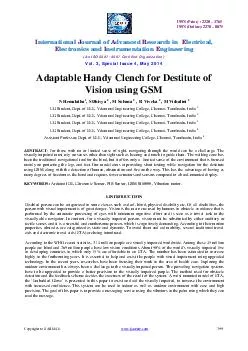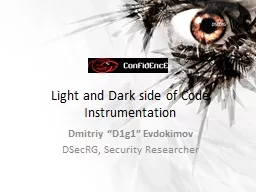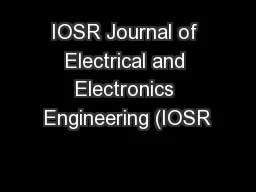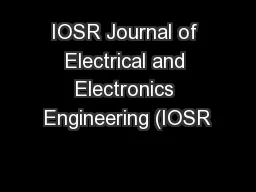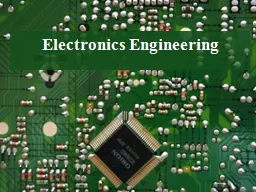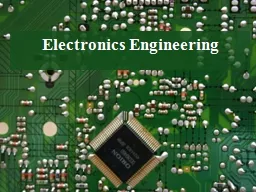PDF-ISSN Print ISSN Online International Journal of Advanced Research in Electrical Electronics
Author : kittie-lecroy | Published Date : 2015-03-15
2 Issue 4 April 2013 Copyright to IJAREEIE wwwijareeiecom 1467 Multilevel ecurity ystem fo r utomotives using RFID and iometric echniques in LabVIEW Priya arshini
Presentation Embed Code
Download Presentation
Download Presentation The PPT/PDF document "ISSN Print ISSN Online Internationa..." is the property of its rightful owner. Permission is granted to download and print the materials on this website for personal, non-commercial use only, and to display it on your personal computer provided you do not modify the materials and that you retain all copyright notices contained in the materials. By downloading content from our website, you accept the terms of this agreement.
ISSN Print ISSN Online International Journal of Advanced Research in Electrical Electronics: Transcript
Download Rules Of Document
"ISSN Print ISSN Online International Journal of Advanced Research in Electrical Electronics"The content belongs to its owner. You may download and print it for personal use, without modification, and keep all copyright notices. By downloading, you agree to these terms.
Related Documents

